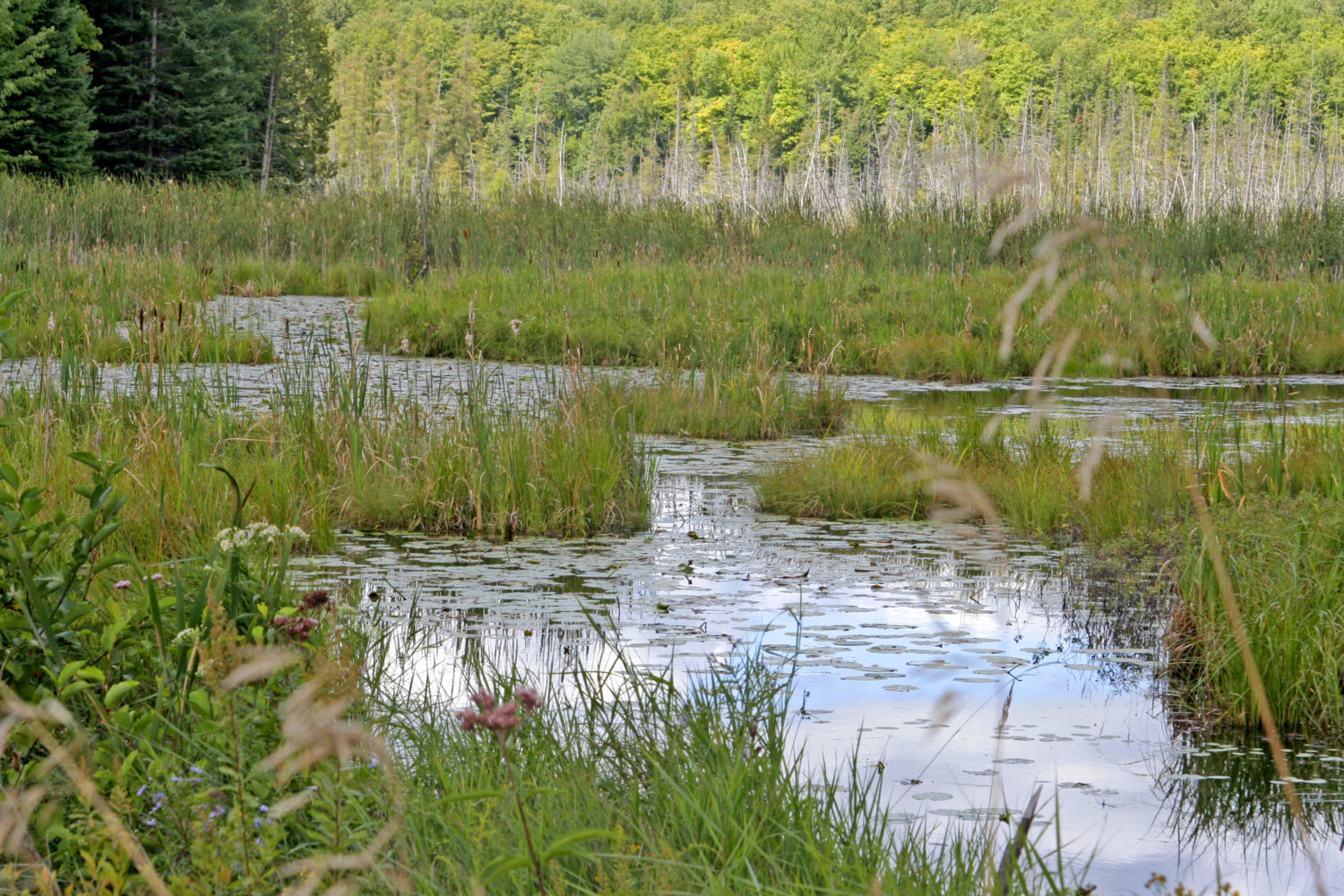The provincial regulator in British Columbia for engineers and geoscientists has released professional practice guidelines that, for the first time, consider natural assets in addition to engineered/built assets.
Engineers and Geoscientists British Columbia published its Professional Practice Guidelines—Local Government Asset Management to describe expectations and obligations of professional engineers and geoscientists as they practice in the field of local government asset management. Now, the regulator partnered with the Municipal Natural Assets Initiative (MNAI) to produce a companion Natural Assets Management Considerations document that offers detailed guidance on how to integrate natural assets effectively into local governments’ asset management.
“The Professional Practice Guidelines—Local Government Asset Management will help standardize engineering and geoscience practice in asset management in B.C. and will help ensure that engineering and geoscience professionals are considering natural asset management in their planning and decision-making processes,” said Heidi Yang, chief executive officer of Engineers and Geoscientists BC. “Along with MNAI’s companion document, we believe this represents great progress on mainstreaming natural asset management in the engineering and geoscience fields in B.C.”
MNAI notes that having more and more local governments adopt natural asset management into their overall budgets and planning would accelerate Canada’s efforts to build back better from the impacts of the pandemic. It would also accelerate our response to climate change and enable us to continue enjoying the core services that we all depend on for decades to come.
“We have growing evidence that natural assets can sometimes do the same work as built infrastructure, last longer, are more resilient to climate change, and sometimes cost millions of dollars less,” said Roy Brooke, executive director of MNAI. “Healthy, well-managed ecosystems and natural assets can also provide a variety of other vital services on which our communities and economies depend, including biodiversity and carbon storage, to name just two.”
A group of subject-matter experts formed an advisory group, co-chaired by Engineers and Geoscientists BC and MNAI, to help develop both the Professional Practice Guidelines and the Natural Assets Management Considerations. The group comprised representatives from the engineering, landscape architecture, asset management, provincial government, and university fields.
The launch of the guidelines and considerations documents as a pair helps ensure professional engineers and geoscientists practice according to a consistent, high standard, as set out in these two documents. One of the next steps is to approach other professional organizations and/or regulators that are involved in local government asset management, such as finance, insurance, and urban planning.
“I want to offer my congratulations to the Engineers and Geoscientists of British Columbia and the Municipal Natural Assets Initiative for releasing these new natural asset guidelines,” said Josie Osborne, B.C.’s minister of municipal affairs. “These guidelines show how integrating natural assets with local government infrastructure can support sustainable service delivery while benefiting the environment, our communities and our health in the fight against climate change.”
MNAI is a Canadian not-for-profit that provides scientific, economic, and municipal expertise to support and guide local governments to identify, value, and account for natural assets in their financial planning and asset management programs.
Engineers and Geoscientists British Columbia is the regulatory and licensing body for the engineering and geoscience professions in British Columbia.













